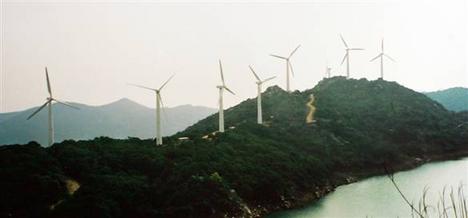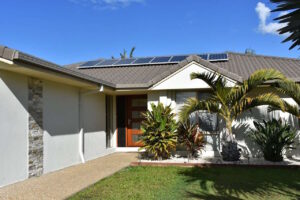In China, coal is very heavily used to generate electricity. It is also used to heat buildings. The Chinese have experimented with the use of curtailed wind energy to provide heat, and they now want to scale it up.
Jilin Province has one of the highest curtailment rates. There, there is relatively low electricity demand at night, but high wind speeds — and hence, high wind power generation.
Curtailed wind power is wind power that was not put to use, that essentially goes to waste. The amount of wasted wind power has been increasing substantially in China. The amount of curtailed wind power in 2012 was 20,000 GWh, approximately twice what it was in 2011.
This resulted in wind farms being allowed to generate electricity for only 1,420 hours in 2012, “much lower than the industry-adopted economic minimum of 1,900 hours,” Wanqing Zhou of the China Program at Worldwatch Institute notes.
That is enough to power 6.66 million homes for one hour, 277,000 homes for a day, or 761 homes for an entire year!
It is time to put that electricity to use.
- Coal-fueled heaters pollute the air because they burn coal. Burning coal produces the toxic substances (in gas form) carbon monoxide, sulfur dioxide, nitrogen oxides, mercury, arsenic, lead, and carbon dioxide (which is not toxic, but is a greenhouse gas which causes global warming). Using wind power to provide heating via electric heaters can partially replace these coal-fired heaters, reducing all of these emissions.
- The use of curtailed wind power to heat instead of coal is good for China’s economy because it would have otherwise been wasted. It reduces coal expenditures by reducing coal requirements.
- This is good for the wind industry because companies can sell the wind power that would have been curtailed, and wind power is generally cheap (less than 10 cents per kWh). Curtailed wind power is a loss of potential revenue, but it doesn’t actually incur expenses.
This article was originally published on CleanTechnica. Reproduced with permission










